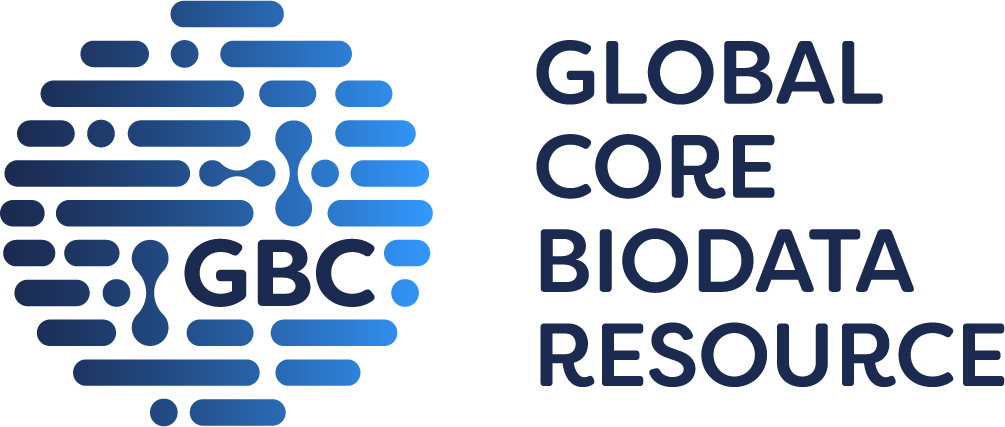
GtoPdb is requesting financial support from commercial users. Please see our sustainability page for more information.
Sick sinus syndrome 2, autosomal dominant; SSS2

GtoPdb Disease Summaries
This section gives an overview of the disease, and where available shows the following:
- Synonyms: Shows known synonyms for the disease.
- Description: Gives a basic description/definition of the disease.
- Database Link: External links to the same disease at the Disease Ontology, OMIM or Orphanet sites.
- Immunopharmacology comments: General comments about the target's role in immunopharmacology, provided by GtoImmuPdb curators.
- Associated with: Counts are displayed for the total targets the disease is associated with in GtoPdb. The counts of targets and ligands of immunological relevance associated to the disease are also shown.
More information can be found in the help pages.
✖| Disease ID: | 861 | |
| Name: | Sick sinus syndrome 2, autosomal dominant; SSS2 | |
| Associated with: | 1 target | |
| Synonyms |
| Atrial fibrillation with bradyarrhythmia | Familial sick sinus syndrome | Sick sinus syndrome | Sinus bradycardia syndrome, familial, autosomal dominant | Sinus node disease, familial, autosomal dominant |
| Database Links |
|
Disease Ontology:
DOID:13884 OMIM: 163800 Orphanet: ORPHA166282 |
Targets

GtoPdb Disease Summaries - Targets
Click on the target name to link to its detailed view page
Where available, information is display on the role of the target in the disease; drugs which target the disease and their therapeutic use and side-effects.
If there is mutation data curated in GtoPdb this is indicated, with a link back to the appropriate section on the target detailed view page
Immuno ligand interactions - If available, a table of immuno-relevant ligands is shown. These ligands have been curated as having an association to the disease and possess interaction data with the target in GtoPdb. The approval status of the ligand is shown, along with curator comments and an indication of whether the target is considered the primary target of the ligand.
More information can be found in the help pages.
✖| HCN4 | |
| Drugs: | Ivabradine |
| Side effects: | Not established |
| Therapeutic use: | Stable angina pectoris |
| Comments: | Individuals experience a range of symptoms including sick sinus syndrome with AV block, sinus node dysfunction with recurrent syncope, QT prolongation, polymorphic ventricular tachycardia and torsade de pointes and sinus bradycardia (40 bpm) with intermittent atrial fibrillation. |
| References: | 1,4,6-7 |
| Mutations: | HCN4 is associated with 6 mutation. Click here for details  |
Ligands

GtoPdb Disease Summaries - Ligands
Click ligand name to view ligand summary page
- Approved: If the ligand is an approved drug this is indicated, along with approval bodies.
- Immuno: Immuno icon indicates the ligand is immuno-relevant
Click the arrow in the final column to expand comments
- Immuno Disease Comments: Curatorial comments specifically added as part of GtoImmuPdb. They give more information on the association between the ligand and disease in the context of immunopharmacology.
- Clinical Use: General clinical comments relating to the ligand and may not necessarily be specific to the disease in question. With hyperlink to more details on the ligand summary pages.
- Bioactivty Comments: Curatorial comments specifically about the compounds biological activity - with hyperlink to more details on the ligand summary pages.
More information can be found in the help pages.
✖No ligand related data available for Sick sinus syndrome 2, autosomal dominant; SSS2
References
1. Baruscotti M, Bucchi A, Difrancesco D. (2005) Physiology and pharmacology of the cardiac pacemaker ("funny") current. Pharmacol Ther, 107 (1): 59-79. [PMID:15963351]
2. Duhme N, Schweizer PA, Thomas D, Becker R, Schröter J, Barends TR, Schlichting I, Draguhn A, Bruehl C, Katus HA et al.. (2013) Altered HCN4 channel C-linker interaction is associated with familial tachycardia-bradycardia syndrome and atrial fibrillation. Eur Heart J, 34 (35): 2768-75. [PMID:23178648]
3. Laish-Farkash A, Glikson M, Brass D, Marek-Yagel D, Pras E, Dascal N, Antzelevitch C, Nof E, Reznik H, Eldar M et al.. (2010) A novel mutation in the HCN4 gene causes symptomatic sinus bradycardia in Moroccan Jews. J Cardiovasc Electrophysiol, 21 (12): 1365-72. [PMID:20662977]
4. Milanesi R, Baruscotti M, Gnecchi-Ruscone T, DiFrancesco D. (2006) Familial sinus bradycardia associated with a mutation in the cardiac pacemaker channel. N Engl J Med, 354 (2): 151-7. [PMID:16407510]
5. Nof E, Luria D, Brass D, Marek D, Lahat H, Reznik-Wolf H, Pras E, Dascal N, Eldar M, Glikson M. (2007) Point mutation in the HCN4 cardiac ion channel pore affecting synthesis, trafficking, and functional expression is associated with familial asymptomatic sinus bradycardia. Circulation, 116 (5): 463-70. [PMID:17646576]
6. Schulze-Bahr E, Neu A, Friederich P, Kaupp UB, Breithardt G, Pongs O, Isbrandt D. (2003) Pacemaker channel dysfunction in a patient with sinus node disease. J Clin Invest, 111 (10): 1537-45. [PMID:12750403]
7. Ueda K, Nakamura K, Hayashi T, Inagaki N, Takahashi M, Arimura T, Morita H, Higashiuesato Y, Hirano Y, Yasunami M et al.. (2004) Functional characterization of a trafficking-defective HCN4 mutation, D553N, associated with cardiac arrhythmia. J Biol Chem, 279 (26): 27194-8. [PMID:15123648]
8. Xu X, Marni F, Wu S, Su Z, Musayev F, Shrestha S, Xie C, Gao W, Liu Q, Zhou L. (2012) Local and global interpretations of a disease-causing mutation near the ligand entry path in hyperpolarization-activated cAMP-gated channel. Structure, 20 (12): 2116-23. [PMID:23103389]







